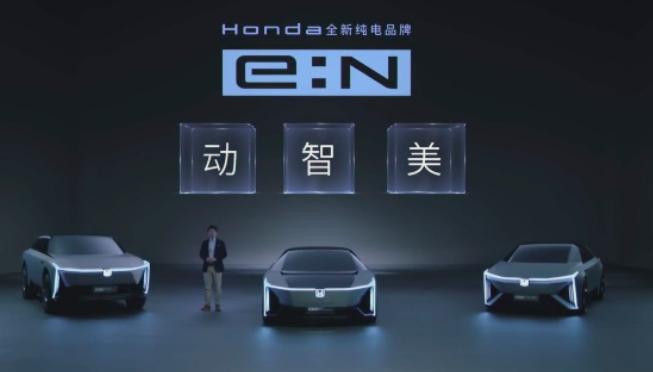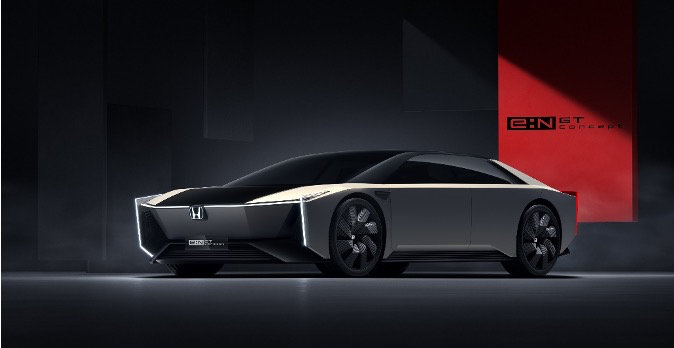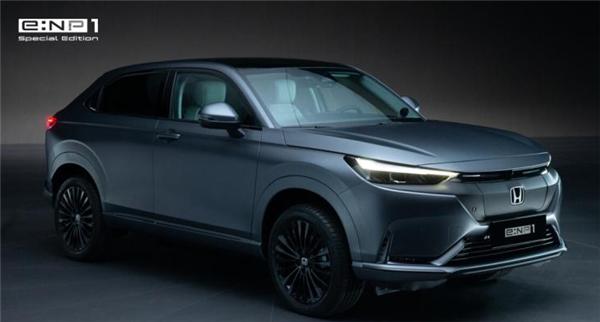With the overall sales volume of the auto market in September being “weak”, the sales volume of new energy vehicles continued to grow by leaps and bounds. Among them, the monthly sales of the two Tesla models together exceed 50,000, which is really jealous. However, for the international car companies that once dominated the domestic car scene, a set of data is really a bit of a face.
In September, the domestic retail penetration rate of new energy vehicles was 21.1%, and the penetration rate from January to September was 12.6%. In September, the penetration rate of new energy vehicles among independent brands was 36.1%; the penetration rate of new energy vehicles among luxury cars was 29.2%; The penetration rate of new energy vehicles in the joint venture brand is only 3.5%. This means that in the face of the hot new energy market, most joint venture brands can only watch the excitement.
Especially when ABB successively “diminished” in the Chinese pure electric market, the Volkswagen ID series did not achieve it. It quickly broke through the expectations of the Chinese market, and people discovered that although the structure of electric vehicles is simple and the threshold is low, the traditional international car companies are electrified. Transformation does not seem to be that simple.
Therefore, when Honda China unites two domestic joint ventures to jointly announce the Honda China’s electrification strategy, can it escape the “pits” encountered by other traditional international car companies during the electrification transformation, and can it allow its joint ventures to produce New electric vehicles, grab the share of new car-making forces, and achieve the expected market performance? It becomes the focus of attention and discussion.
Create a new electrification system without breaking or standing
Obviously, compared with other international car companies, Honda’s time for proposing China’s electrification strategy appears to be a bit lagging behind. But as a latecomer, he also has the advantage of drawing lessons from other car companies. Therefore, Honda has prepared very well this time and has a clear idea. In the more than half an hour press conference, the amount of information was huge. Not only does it reflect the momentum of being invincible, clarifying the development ideas for electrification, but also formulating a plan for creating a new electrification system.
In China, Honda will further accelerate the launch of electrified models, and quickly complete the brand transformation and upgrading towards electrification. After 2030, all new models launched by Honda in China will be pure electric vehicles and hybrid electric vehicles. Introduce new fuel vehicles.
In order to achieve this goal, Honda first officially released a new pure electric vehicle brand: “e:N”, and plans to launch a series of pure electric products under the brand. Secondly, Honda has developed a new intelligent and efficient pure electric architecture “e:N Architecture”. The architecture integrates high-efficiency, high-power drive motors, large-capacity, high-density batteries, a dedicated frame and chassis platform for pure electric vehicles, and provides a variety of driving methods such as front-wheel drive, rear-wheel drive and four-wheel drive according to the positioning and characteristics of the vehicle.
With the continuous enrichment of the “e:N” series of products, Honda will also strengthen its pure electric vehicle production system in China. Therefore, Honda’s two domestic joint ventures will build high-efficiency, smart, low-carbon and environmentally-friendly pure electric vehicle new plants. , It is planned to start production one after another from 2024. It is worth mentioning that the “e:N” series produced by the Chinese factory will also be exported to overseas markets. It highlights the core strategic position of the Chinese market in Honda’s global promotion of electrification.
In addition to new brands, new platforms, new products and new factories, new marketing is also the key to winning the market. Therefore, in addition to continuing to build “e:N” exclusive spaces based on 1,200 special stores across the country, Honda will also set up “e:N” franchised stores in key cities and carry out diversified offline experience activities. At the same time, Honda will build a brand-new digital platform to realize a zero-distance online experience and further enrich the communication channels for online and offline linkages.
Five models, the new definition of EV is different from now on
Under the new electrification system, Honda released five “e:N” brand models in one go. Among them, the first series of “e:N” series production cars: Dongfeng Honda’s e:NS1 special edition and Guangzhou Automobile Honda’s e:NP1 special edition. These two models will be officially launched at the Wuhan Auto Show next week and the Guangzhou Auto Show next month. At the debut, these two pure electric vehicle mass-produced models will be launched in the spring of 2022.
In addition, there are three concept cars that also reflect the diversity of the “e:N” brand models: the second bomb e:N Coupe concept of the “e:N” series, the third bomb e:N SUV concept, and the fourth bomb e :N GT concept, the production versions of these three models will be launched successively within five years.
How to reflect the original tonality and unique charm of the brand under the new form of power is the question that traditional car companies think about the most when building electric vehicles. Honda’s answer can be summarized in three words: “movement”, “intelligence” and “beauty”. These three characteristics are very intuitively displayed on the two new models of Dongben and Guangben.
First of all, with the help of a new pure electric architecture, e:NS1 and e:NP1 achieve overwhelming driving performance with lightness, speed and sensitivity, providing consumers with a driving experience far exceeding that of electric vehicles of the same level. The control program of the motor alone integrates more than 20,000 scene algorithms, which is more than 40 times that of ordinary pure electric vehicles.
At the same time, e:NS1 and e:NP1 use Honda’s unique noise reduction technology to cope with the road noise of low, medium and high bands, creating a quiet space that leapfrogs. In addition, the sporty Honda EV Sound acceleration sound is added to the model in the sport mode, which shows that Honda has a deep obsession with the driving control of the vehicle.
In terms of “intelligence”, e:NS1 and e:NP1 are equipped with the “e:N OS” full-stack intelligent control ecosystem, and rely on the largest 15.2-inch high-definition ultra-thin frame central control screen in the same class, and 10.25-inch full-color color The LCD digital instrument panel creates a digital cockpit that combines intelligence and futurism. At the same time, it is also equipped with a Honda CONNCET 3.0 version for pure electric vehicles.
In addition to the new design style, the luminous “H” logo on the front of the car and the brand new “Honda” text on the rear of the car also add “Heart beat interactive light language”, and the charging process uses a variety of The light language expression allows users to see the charging status at a glance.
Conclusion: Although compared with other international car companies, Honda’s electrification strategy in China is not too early. However, the complete system and the brand control brand still adhered to allow Honda to find its unique positioning of electric models. As the “e:N” series models are successively launched on the market, Honda has officially opened a new era of electrification brand transformation.
Post time: Oct-14-2021



